girl’s education
August 16, 2018

85% of schools in Bangladesh have at least one sanitation facility for students. Only half of them have a separate toilet for girls, with only 8% having a hand-washing station with soap and water.
July 20, 2017

Published by Zaian Chowdhury at Jul 20 2017
It is a weekday afternoon in Moulvibazar, Rangpur, and the melody of children chanting times tables is wafting through the trees. School is over, but students are gathered under shady trees in the village courtyards for another round of lessons.
April 20, 2016
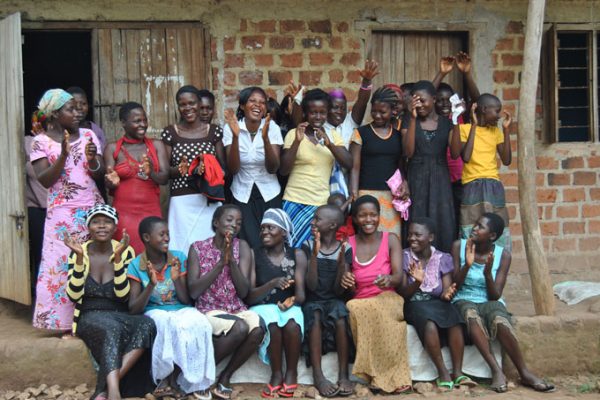
Published by Matt Kertman at Apr 20 2016
When Sa’a jumped from the moving truck, she wasn’t thinking about her education that had just been cut short. She was fleeing for her life.
March 13, 2016
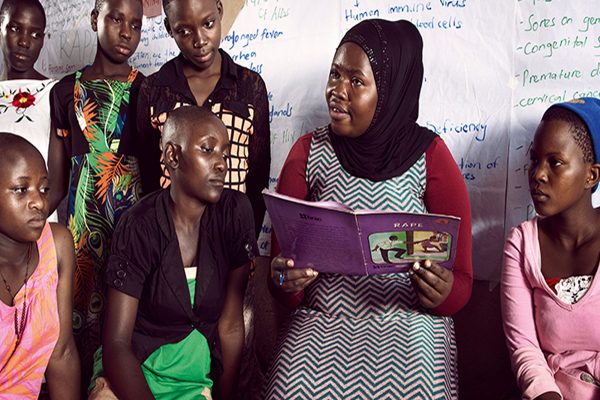
Jazirah Namukose, 18, left school feeling the sting of rejection. Classmates discriminated against her because of her disability- a clubfoot. But her life changed when she started going to the Kikaaya girls’ club in northern Kampala, Uganda. She gained skills and the confidence to start her own business- and found friends who didn’t treat her differently because of her disability.
July 26, 2015
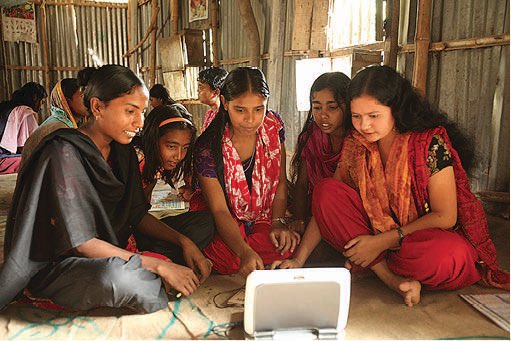
Published by M Niaz Asadullah at Jul 26 2015
Every year millions of adolescent girls marry young in South Asia. They are burdened with responsibilities as young wives and teenage mothers. In most cases, girls are coerced into marriage in varying circumstances. Research indicates that child brides face greater physical violence and a number of health risks. However, evidence is also building up on another more serious consequence of early marriage.
May 28, 2015
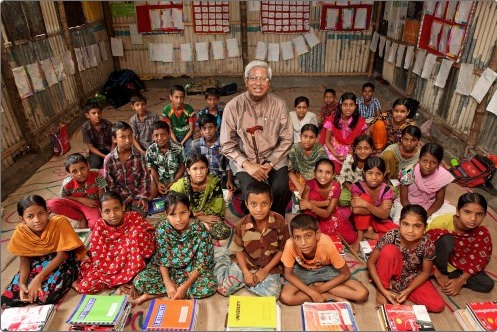
Published by Sir Fazle Hasan Abed KCMG at May 28 2015
As the World Education Forum meets in Incheon, South Korea, it is time to confront some unsettling facts about the state of education in the world today. More than 91 per cent of children of primary school age are now enrolled in school, but progress on educating the remaining 9 per cent has slowed to a near standstill. The numbers have barely moved since 2005, and girls are still disproportionately left behind.
May 12, 2015
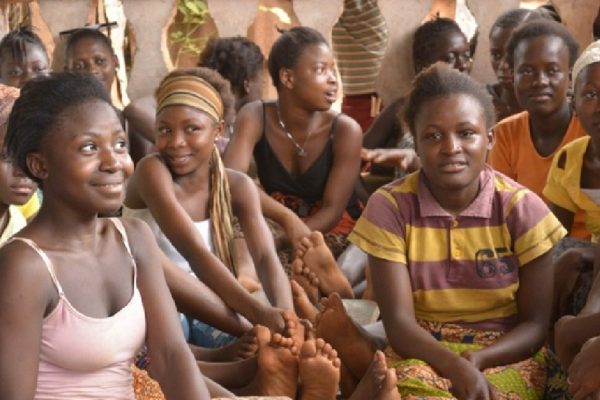
Published by Scott MacMillan at May 12 2015
Sierra Leone should reconsider its law barring pregnant girls from completing their education, but while the law is in place, alternatives are available
July 6, 2014
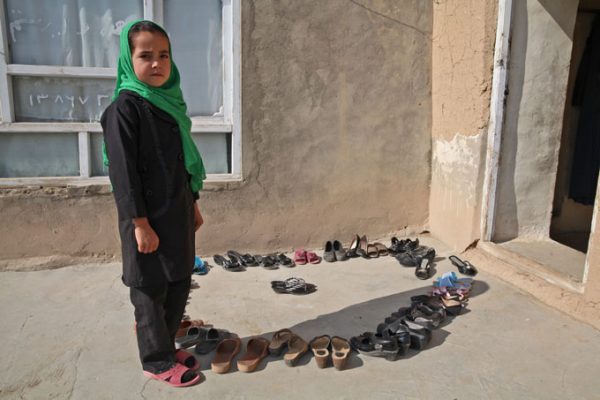
Published by Nazes Afroz at Jul 06 2014
About two dozen shoes and sandals had been arranged in a neat circle outside the classroom of a community-based school run by BRAC in Afghanistan. This school in part 13 of Charikar town, Parwan district is not a formal one; it is part of a programme that takes the classroom to the community, allowing children – especially those still out of school – to easily access early education.
July 16, 2013
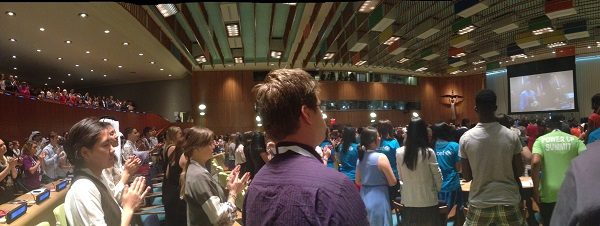
Published by Reva Abrol at Jul 16 2013
Categories
Youth representatives from BRAC USA attended Malala Day at the UN Headquarters on Friday, June 12th, celebrating Malala Yousafzai’s 16th birthday and raising awareness for the need to integrate youth leadership for education equality.
October 26, 2011

In the collective effort to realize the “Girl Effect”, it is necessary to ensure that adolescent girls are free to access the resources and education provided to them by their respective national governments or by the NGOs based in their communities.
October 25, 2011
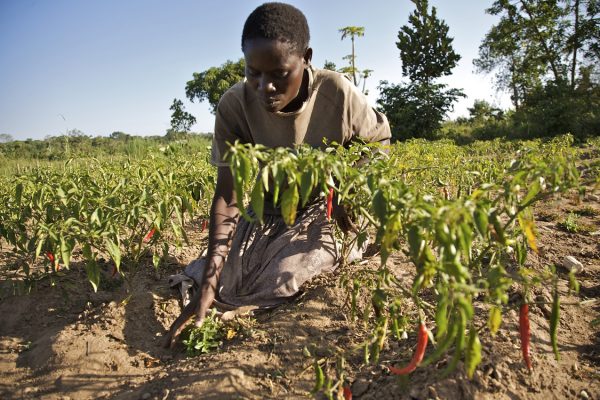
Published by BRAC at Oct 25 2011
Categories
A ripple of laughter spreads through the room during Beatrice's prayer. We're in the town of Nansana, in central Uganda, taking part in a meeting of 25 micro-borrowers, all of them local women. Somebody translates: "Dear Lord, please make us strong and successful," Beatrice said before the group, before adding: "And put women above men for a change."
October 24, 2011
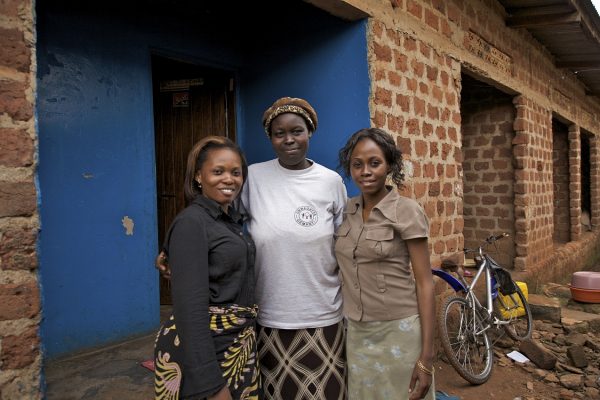
If girls had the same access to resources as their male peers, went to school regularly, led lives free of domestic violence and avoided early marriage, agricultural output would increase 4 percent and the number of malnourished men, women and children would drop 17 percent.

